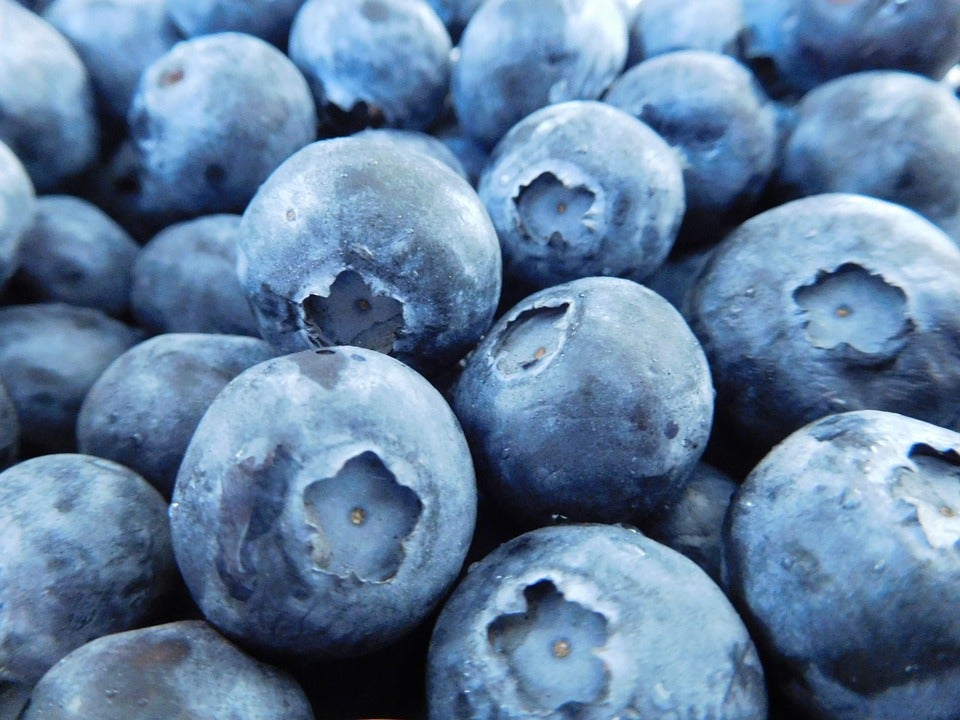By Shivani Kamal, Biochemistry and Molecular Biology, ’17
Author’s Note:
“I originally became interested in the potential anti-cancer effects of blueberries when I took a nutrition seminar my first year at UC Davis. Curious about further research on its effects on breast cancer, I decided to write an article to educate other students about it. Many of us either have a family member or know someone diagnosed with cancer, so spreading knowledge of current cancer research is an important reminder of support, hope, and determination to individuals and their families.”
Breast cancer is the second most fatal cancer to women worldwide, and although early detection screening and treatments have improved, there is still a high death rate. The American Cancer Society predicts a death toll of 40,890 women in 2016 due to breast cancer. Most of these fatalities will result from metastasis, in which cancer cells in the body grow to large proportions, disrupting the functions of other organs. Although there is no cure for breast cancer, chemotherapy has proven successful at eliminating the unhealthy cells in some patients. While these preventative treatments are focused on preventing harmful cells from replicating and surviving, they are also toxic to beneficial cells in the body. Scientists’ interest in decreasing the damage to healthy bystander cells in cancer patients led to research into alternative treatment methods. These alternative methods consist of experimenting with natural chemicals found in blueberries against various cancer cells. Two metabolic studies, one published in The American Journal of Surgery and the second in Molecular Nutrition and Food Research, researched the effect of natural blueberry chemicals on breast cancer cells and disease prevention.
Previous studies have shown that eating more fruits and vegetables is associated with a lower risk of cancer2. Specifically, blueberries contain phytochemicals, or plant chemicals, that have been linked to reductions in the risk of major chronic diseases. Pterostilbene is a phytochemical isolated from blueberries that has been shown to reverse the process of harmful cell mutation by halting the growth of cancer cells, decreasing their reproduction rate and causing cell death3.
Scientists from Taipei Medical University tested if consuming blueberries helps lower the risk of breast cancer and published their findings in the Molecular Nutrition and Food Research Journal.3 The scientists treated cells with pterostilbene to explore the effects of the chemical on cancer stem cells3. The results showed cells treated with pterostilbene significantly decreased cancer cell reproductive activity after 72 hours. In addition, the treated tumor cells showed a significant increase of DNA fragmentation and degraded structure, because the chemical has potential to destroy already existing cells4. Even though the blueberry chemical has been shown to have anti-cancer effects, more research is needed to confirm if pterostilbene can be used as an additive drug for breast cancer treatment, as well as other types of cancer.
To test how pterostilbene can act as an additive treatment, researchers treated high risk and diagnosed cancer patients with tamoxifen as a preventative plan. Tamoxifen is a hormone that attaches to breast tissue cells and keeps the already deactivated estrogen receptors from activating. Activated estrogen receptors are likely to be attached to cancerous cells and reproduce, so tamoxifen may play an important role in cancer suppression. In a metabolic study published in The American Journal of Surgery, researchers combined tamoxifen and pterostilbene and hypothesized that the two chemicals would produce an additive effect in impeding breast cancer cells from dividing 5. The results of this metabolic study show that using both chemicals to treat cancer cells has a greater impact than treating the disease using only one chemical5.
Overall study results have shown that supplemental use of pterostilbene, a natural ingredient in blueberries, can help reduce the risk of breast cancer. Consuming a diet containing fruits and vegetables can help reduce risk of cancer because other natural plant chemicals may potentially work together to produce better anti-cancer effects. Therefore, naturally consumed pterostilbene and additional natural plant chemicals should be studied further as an additive treatment to reduce toxic chemicals put in the bodies of breast cancer patients.
References
- Aiyer H, Warri A. Influence of Berry Polyphenols on Receptor Signaling and Cell-Death Pathways: Implications for Breast Cancer Prevention. Journal of Agricultural and Food Chemistry 2012;60(23):5693-5708.
- Zhao Y. Berry Fruit Value-Added Products for Health Promotion. Florida: CRC Press Taylor & Francus Group; 2007.
- Mak KK, Wu AT. Pterostilbene, a bioactive component of blueberries, suppresses the generation of breast cancer stem cells within tumor microenvironment and metastasis via modulating NF-_B/microRNA 448 circuit. Molecular Nutrition and Food Research 2013;57(7):1123-1134.
- Alosi J, McDonald D. Pterostilbene inhibits breast cancer in vitro through mitochondrial depolarization and induction of caspase-dependent apoptosis. Journal of Surgical Research 2010;161(2):195-201.
- Mannal P, McDonald D. Pterostilbene and tamoxifen show an additive effect against breast cancer in vitro. The American Journal of Surgery 2010;200(5):577-580.

